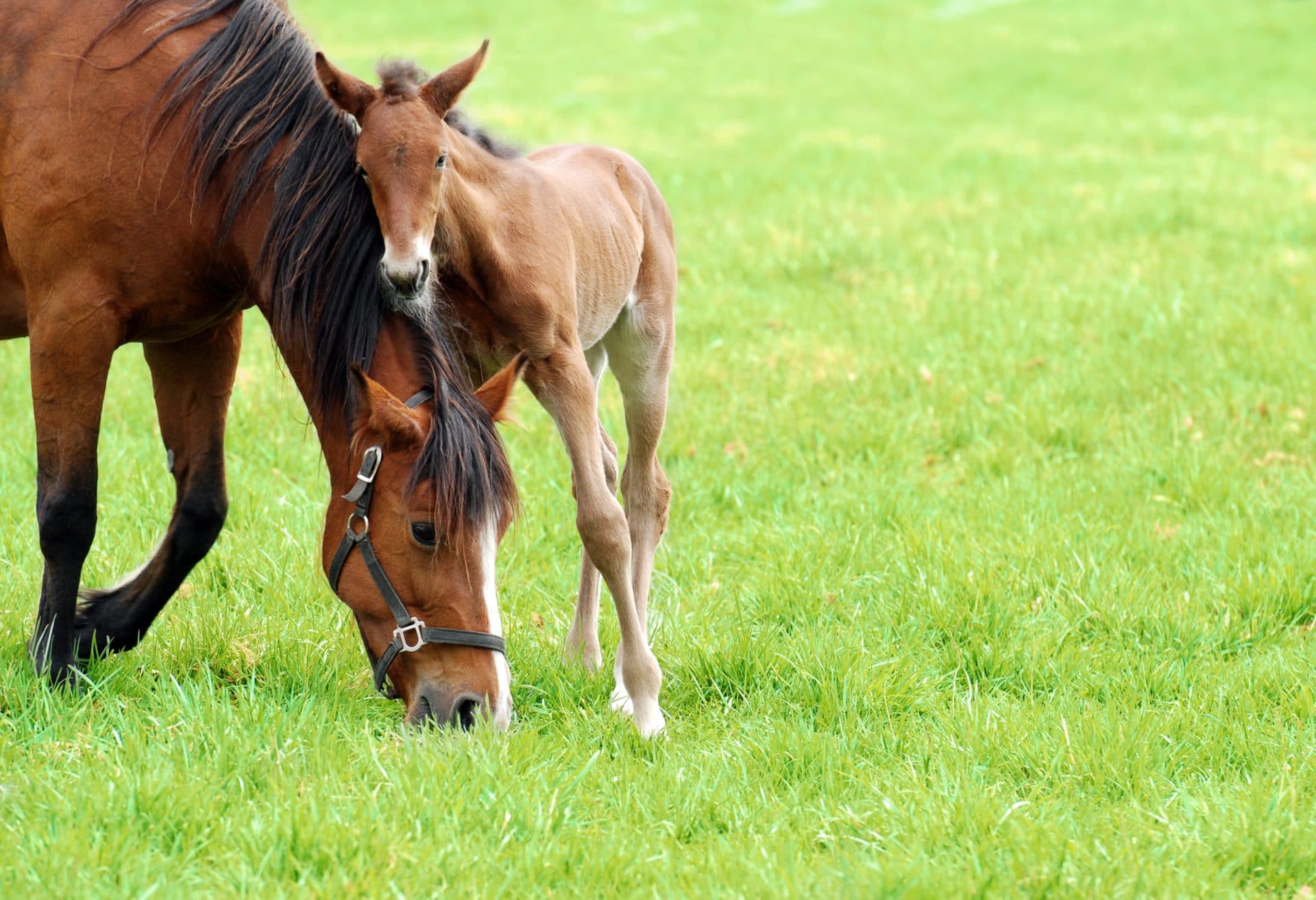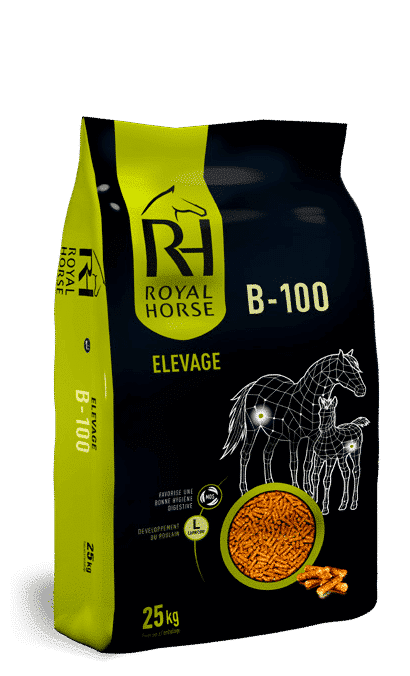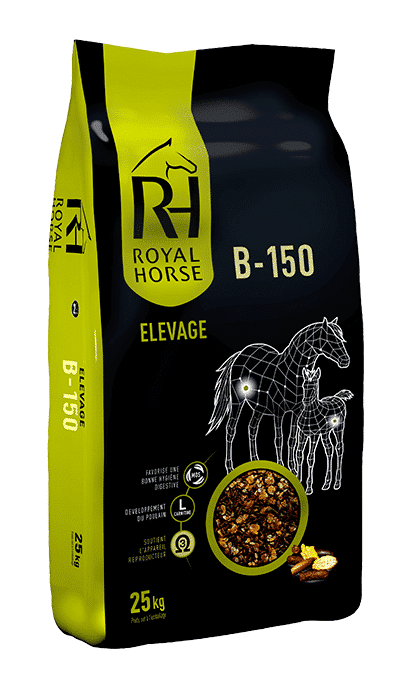The reproductive cycle of the mare is very different from that of humans or other species. She comes into heat only part of the year, with cycles that can vary. In general, breeders try to time the foaling cycles so that the foals are put out to grass when it is richest, i.e. around spring (April/May).
The rhythm of heat in the mare
The reproductive cycle of the mare generally occur from the end of March to the beginning of October (in Europe) and consist of successive 21-day cycles. The rest of the year, mares have almost no normal cycle. Fertilization is then much more difficult to anticipate, if not impossible.
Each cycle is divided into 2 phases: the estrous phase (heat, for about 6 days) and the diestrous phase (for about 15 days, once heat is over).
Ovulation of the mare usually occurs 1 or 2 days before the end of the estrous period. To maximize the chances of fertilization, mating (or insemination) should take place 12 hours before or after ovulation. The first cycles of mares starting in March are irregular, making fertilization more likely in May/June. To ensure the mare is fertile, a veterinarian can be called in. The veterinarian can examine the ovaries rectally to check the follicular growth of the mare.
Gestation in mares intended for breeding
Horses can theoretically reproduce as soon as they reach puberty between 12 and 18 months. However, it is not recommended to foal mares that are too young. This would require a more assiduous follow-up and could generate risks for the young mare and her foal. It is therefore recommended to foal her first foal once she has finished growing. It is generally considered that the fertility of the mare starts to decrease from 15 years old. After this age, the veterinary follow-up will have to be regular to ensure an optimal gestation and the good health of the mare. However, the age limit for reproduction remains specific to each mare.
A rich diet allows the mare to be well-fleshed and to maximize the chances of reproduction. A mare with average body fat will have a better chance of getting pregnant than a mare that lacks body fat. The mare must also be up to date with her vaccinations (certain diseases, such as rhinopneumonitis, can cause abortions) and not suffer from chronic diseases, as this could impact her fertility or her ability to carry a pregnancy to term.
Which mating method for the mare intended for reproduction?
The method of mating can vary depending on the mare and the stallion selected. The mating can be done naturally, leaving the stallion and the mare intended for reproduction in the same paddock. To increase the chances of fertilization, it is advisable to present the stallion several times to the mare.
She can also be assisted with the help of a stallion and competent personnel. If the stallion is not on site or if the mating represents a risk for the mare, it is possible to perform an artificial insemination using fresh or frozen semen.
The length of gestation in the mare
The average gestation period for the mare is 11 months. Following the mating or the artificial insemination of the mare, the diagnosis of pregnancy can be made 15 days later by ultrasound, and confirmed again at 30 or 35 days of gestation. The probability of abortions will then be lower and the gestation has a good chance of reaching term.
During the first 2 months of gestation, the future foal will go from the embryonic stage to the fetal stage. From the 2nd to the 6th month, its growth will continue to reach a weight of about 5 kilos. Then during the last months the gestation will accelerate until the birth of the foal which will weigh about 50 kilos. The mare will not need any particular diet until the 7th or 8th month of gestation. The needs of the fetus will increase in quality and in quantity, at the same time the mare will see her stomach decreasing in volume by the place taken by the fetus, it is for that reason that in order to cover the important needs of the mare (which go up to double in the beginning of lactation) of the specific food breeding concentrated in energy and bringing proteins in more important quantity are proposed to the breeder. For Royal Horse the specific breeding feeds are those of the B range.





